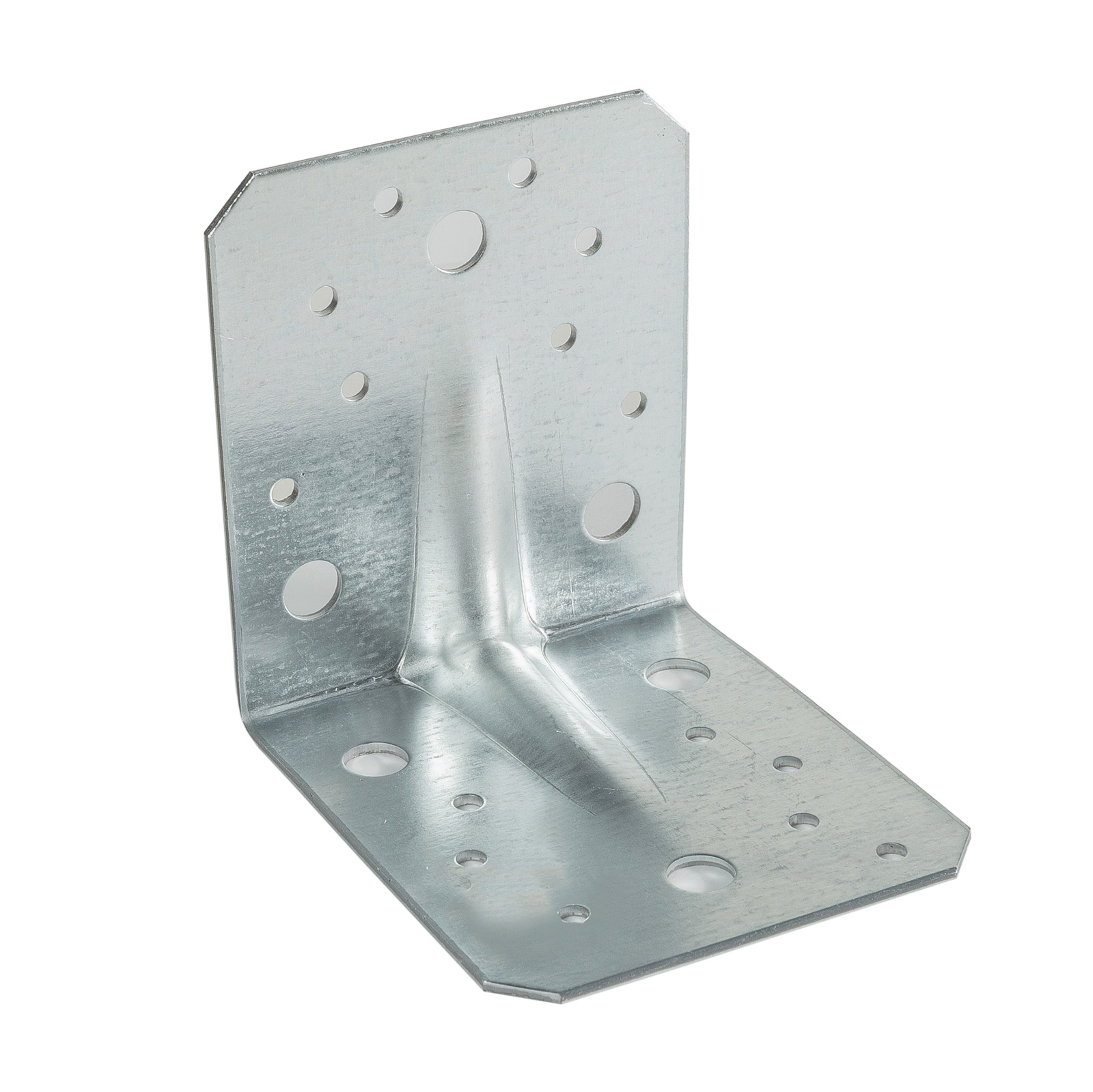posted 8 years ago
In looking at your design I wonder why you might not be able to go with plywood connections in some areas.
I like plywood because it is cheap, easy to work with and does not split. Obviously you can use hand-pounder ring shank nails, but nail gun driven nails with their slender shanks and glue really help hold the plywood to wood. You MUST use plywood though and not regular sawn boards because they split. To get the plywood flush you would just need to route out the thickness of your plywood gusset. Any extra step, but easy and fast to do. In that way, when the wood moves in shrinkage, so does the plywood gusset.
As for the angle bar connections, I used them on my own house using VERY green lumber (felled, limbed, bucked, squared with hand tools and placed into service the same day) and they are holding to this day. It was a quick, fast way to attach horizontal beans onto the main carrying member without cutting out wood that would limit the structural integrity of the main carrying beam.
I don't think you are being overly cautious on this; you bring up very good points, as with a strawbale, you need rigidity that non-existing sheathing will not provide. That means those angle bars must hold. I honestly think it is too weak even strongly bolted. I realize it would be problematic to infill with strawbale, but diagonal supports would be a better alternative. You could do that by using plywood gussets as well. Just cut a 3 foot long 6 x 6 between your beams with the ends cut at a 45 degree angle, then route the ends and insert and nail the gussets.
Many people hate plywood because of the cost, but I have found in using gussets, a sheet pf plywood makes a lot of gussets, so it is really effective and strong. I don't have a lot of interest in building with strawbale, but if I build a WOFATI, it will be with squared timbers and with plywood gussets for strength and speed.



































![Filename: 3d.png
Description: 3D Jointing [Thumbnail for 3d.png]](/t/64218/a/48970/3d.png)
![Filename: front-lateral.png
Description: Front - Lateral view with shrinking [Thumbnail for front-lateral.png]](/t/64218/a/48971/front-lateral.png)



















